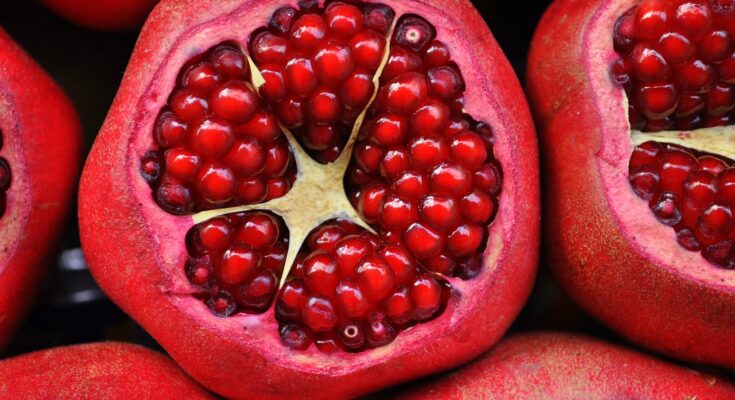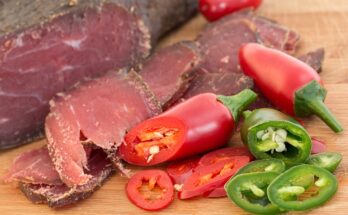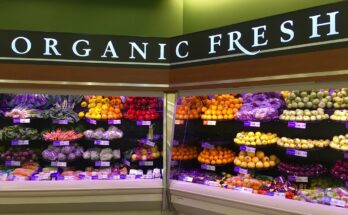Welcome to your guide on food processing for organic products!
In this article, we will explore the world of organic food processing and provide you with valuable insights on how to navigate this specialized field.
First and foremost, we will delve into the importance of understanding organic certification. You will learn about the rigorous standards and regulations that organic products must adhere to, ensuring their authenticity and credibility.
Next, we will discuss the various methods and techniques employed in organic food processing. From harvesting to packaging, you will discover the innovative practices used to preserve the natural integrity of organic ingredients.
Maintaining quality and safety is paramount in organic food processing, and we will provide you with essential tips and strategies to achieve this. You will gain an understanding of the key processes and controls necessary to meet the highest standards in organic food production.
Furthermore, we will shed light on the packaging and labeling requirements for organic products. You will learn about the specific guidelines and certifications needed to accurately represent your organic goods to the market.
Lastly, we will explore the challenges and future trends in organic food processing. As the demand for organic products continues to rise, we will discuss the emerging technologies and practices that are shaping the industry.
So, whether you are a food processor, producer, or simply a curious reader, get ready to embark on a journey into the fascinating world of food processing for organic products. Let’s dive in and unlock the secrets to success in this ever-evolving field!
Understanding Organic Certification
Now that you’ve got your hands on some fresh ingredients, let’s dive into understanding the ins and outs of organic certification.
When it comes to organic products, certification is key. It ensures that the food you’re consuming is produced without synthetic pesticides, GMOs, or other harmful chemicals.
Organic certification is not just a label; it’s a rigorous process that involves inspections, documentation, and adherence to strict standards.
The United States Department of Agriculture (USDA) is responsible for certifying organic products in the United States. They’ve established guidelines that farmers and processors must follow to qualify for certification.
Additionally, organic certification also requires proper record-keeping, including documenting the source of ingredients, production practices, and any substances used.
By understanding organic certification, you can make informed choices and support sustainable and healthy food options.
Methods and Techniques in Organic Food Processing
Take a closer look at the various methods and techniques you can use to transform your organic ingredients into visually appealing and nutritious final products.
When it comes to organic food processing, there are several key methods and techniques to consider. One popular method is dehydration, which involves removing moisture from the ingredients to extend their shelf life. This can be done through air drying, sun drying, or using dehydrators.
Another technique is fermentation, which enhances the flavors and nutritional content of the ingredients. Fermented foods are rich in probiotics and can improve digestion.
Additionally, juicing is a common method for processing organic fruits and vegetables. It allows you to extract the natural juices while retaining the nutrients.
Lastly, freeze drying is another effective technique for preserving organic ingredients by removing moisture under low temperatures.
These methods and techniques can help you create high-quality organic products that are both visually appealing and nutritious.
Maintaining Quality and Safety in Organic Food Processing
To ensure the highest standards of quality and safety in your organic food processing, you need to prioritize the careful handling and storage of your ingredients.
Begin by selecting fresh, organic ingredients from reliable sources. Inspect them thoroughly for any signs of spoilage or contamination before use.
Properly store perishable items in refrigerated areas, ensuring that they’re kept at the appropriate temperature to prevent bacterial growth.
Additionally, maintain a clean and sanitized processing area, regularly cleaning equipment and surfaces to prevent cross-contamination. Implement strict hygiene practices, such as requiring employees to wear gloves and wash their hands frequently.

Conduct regular quality control checks throughout the processing stages to identify any potential issues.
By following these guidelines, you can maintain the integrity and safety of your organic food products.
Packaging and Labeling Requirements for Organic Products
Ensure that your packaging and labeling meet the stringent requirements for organic products, allowing consumers to trust the authenticity and quality of what they’re purchasing.
Organic products must be packaged in materials that aren’t made from genetically modified organisms (GMOs) or synthetic substances. This means your packaging should be made from materials such as glass, paper, or plant-based plastics.
Additionally, the labeling of organic products is crucial for consumers to make informed choices. Your labels should clearly state that the product is certified organic, including the name of the certifying agency. It’s also important to include the organic logo and any specific organic claims, such as ‘100% organic’ or ‘made with organic ingredients.’
By following these packaging and labeling requirements, you can ensure that your organic products stand out in the market and gain the trust of consumers.
Challenges and Future Trends in Organic Food Processing
Tackling the challenges and keeping up with future trends in organic food processing can be a thrilling journey for you as a producer.
One of the main challenges faced in organic food processing is the limited availability of organic ingredients. As the demand for organic products continues to grow, ensuring a consistent supply of organic raw materials becomes crucial.
Additionally, organic food processors often face difficulties in maintaining the desired quality and shelf life of their products without the use of artificial additives and preservatives.
However, there are encouraging trends on the horizon. Advancements in technology are helping to overcome some of these challenges, with innovative processing techniques and packaging solutions being developed.
Furthermore, consumers are becoming more conscious of their food choices, leading to an increased demand for organic products.
Embracing these trends and adopting sustainable practices will help organic food processors thrive in the future.
Conclusion
Congratulations! You’ve reached the end of this guide to food processing for organic products. Now that you have a better understanding of organic certification, methods and techniques in processing, maintaining quality and safety, and packaging and labeling requirements, you are well-equipped to navigate the world of organic food processing.
Remember to stay updated on the challenges and future trends in this industry. With your knowledge, you can contribute to the growth and success of the organic food processing sector. Keep up the great work!




